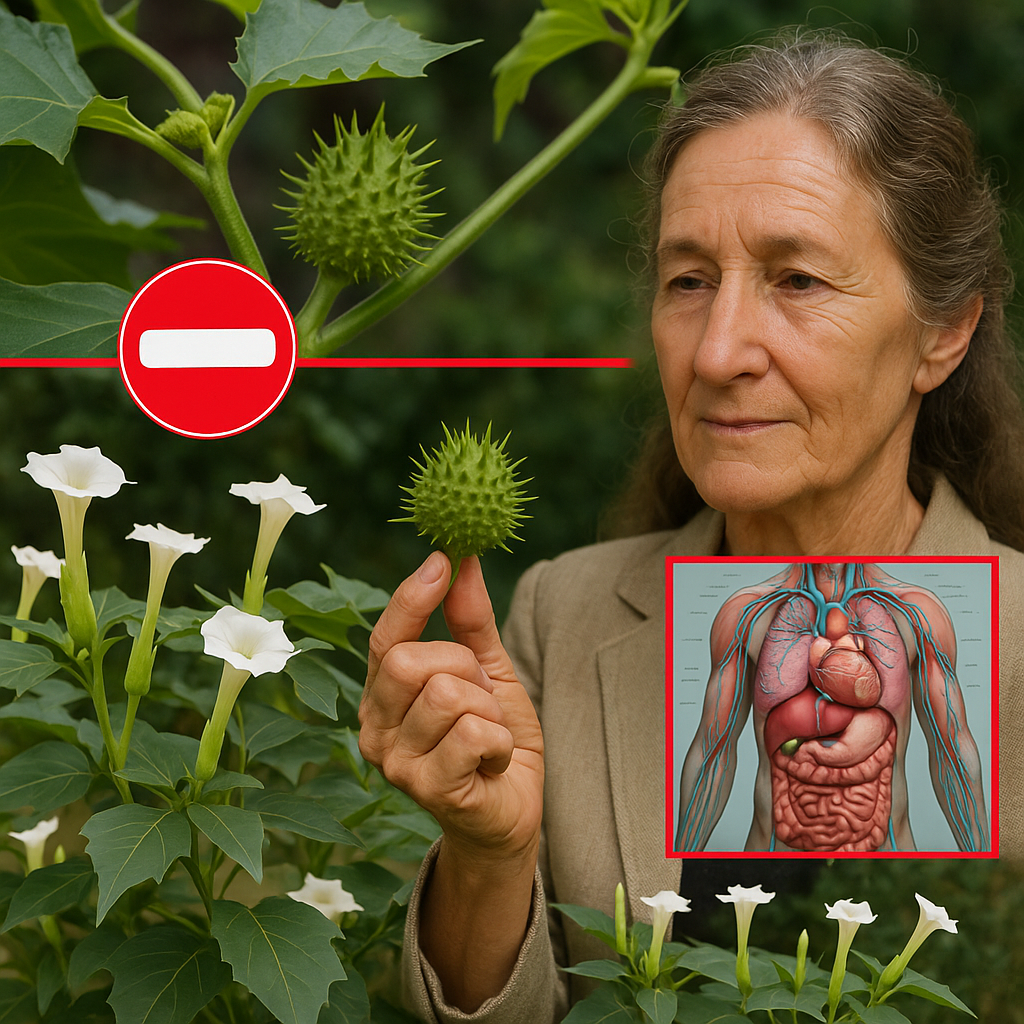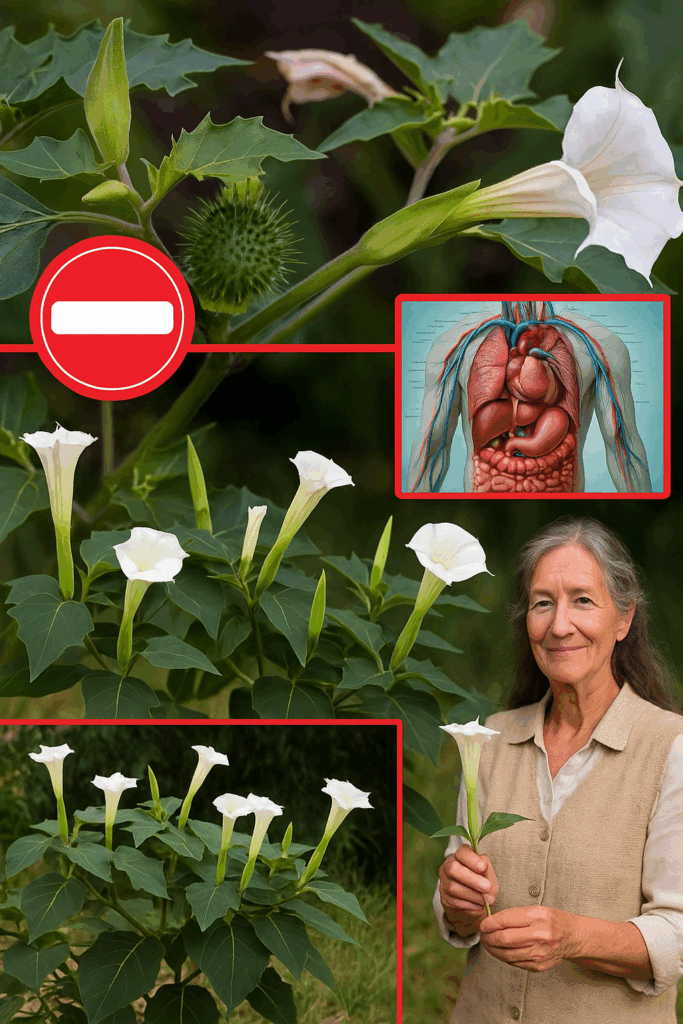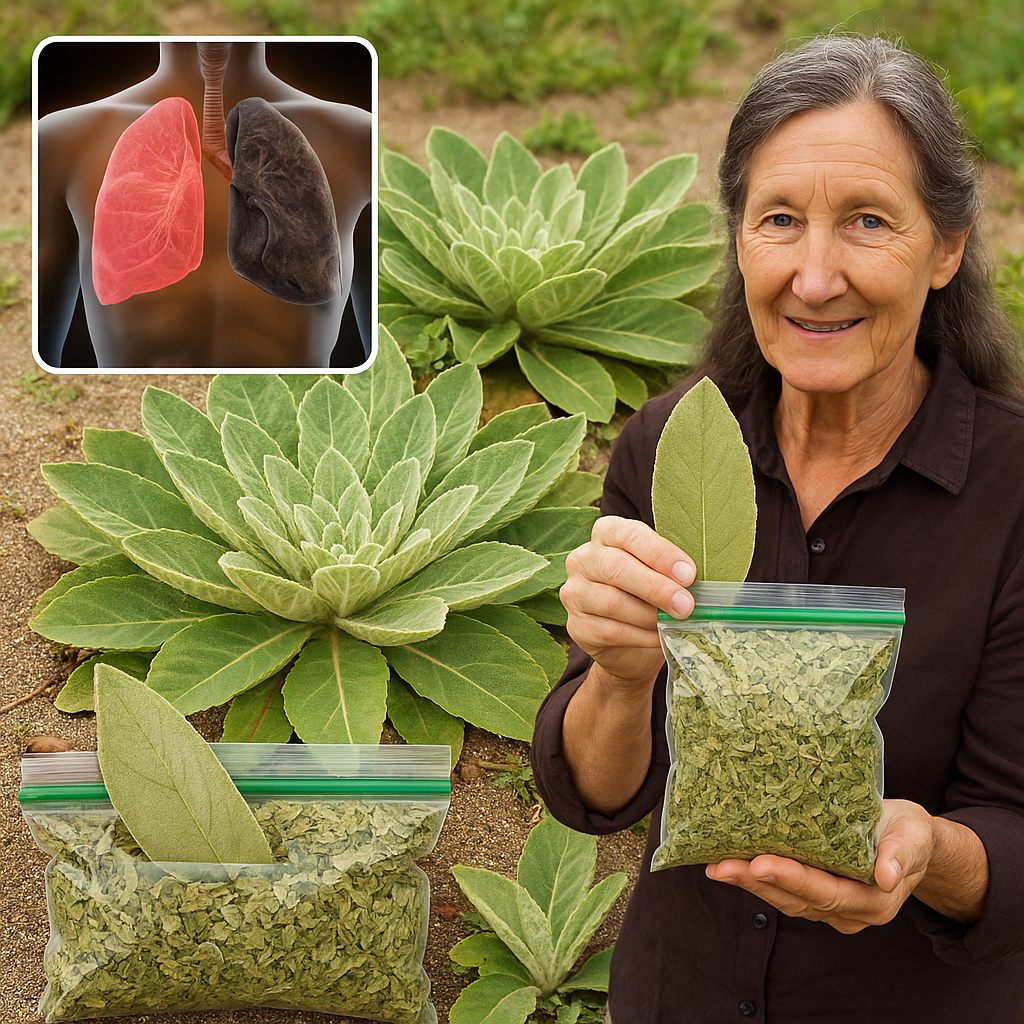They may look like mystical trumpet flowers blowing in the breeze, but plants of the Datura genus—commonly called Devil’s Trumpet or Thorn Apple—hide a far darker secret behind their elegant blooms. Despite their ornamental appeal, all parts of the Datura plant are highly toxic and can pose serious risks to humans and animals alike.
This article is your essential guide to understanding the dangers of Datura, identifying its species, and protecting yourself and your loved ones from accidental poisoning.

🌿 What Is Datura?
Datura belongs to the nightshade family (Solanaceae) and is native to the Americas, though it now grows across much of the world. It often appears in:
- Roadsides
- Disturbed soils
- Unattended gardens
You can recognize Datura by its:
- Large, trumpet-shaped flowers (white, purple, or yellow)
- Spiny, round seed pods (resembling small grenades)
- Strong, sometimes sweet fragrance (especially at night)
But don’t be fooled—beauty here masks danger.
🚫 Common Datura Species to Watch For
1. Datura stramonium (Jimsonweed or Thorn Apple)
- White or purple flowers; highly invasive
- Known for hallucinogenic properties
- Extremely toxic—a few seeds can be fatal
2. Datura metel (Horn of Plenty)
- Ornamental with yellow, purple, or white blooms
- Used in traditional medicine—but unsafe without expert dosing
- All parts remain dangerously toxic
3. Datura inoxia (Moonflower)
- Fragrant, white, night-blooming flower
- Often confused with the harmless moonflower vine (Ipomoea alba)
- Seeds and flowers are especially alkaloid-rich
4. Datura ferox (Long-Spined Thorn Apple)
- Bigger, spikier pods than others
- Among the most poisonous in the genus

☠️ The Real Danger: Tropane Alkaloids
Datura contains powerful neurotoxins called tropane alkaloids, including:
- Atropine
- Scopolamine
- Hyoscyamine
These compounds interfere with the nervous system, causing symptoms ranging from delirium to death.
🔥 Symptoms of Datura Poisoning
Datura poisoning can occur by:
- Ingestion
- Inhalation
- Skin contact
Signs to watch for:
- Severe hallucinations or delirium
- Dilated pupils, light sensitivity, and blurred vision
- Dry mouth, difficulty swallowing
- Elevated heart rate and blood pressure
- Muscle twitching, seizures
- Coma or death in severe cases
Even handling the plant without gloves may cause absorption through the skin.
🐾 Toxic to Animals Too
- Pets, including cats and dogs, can suffer fatal poisoning from chewing on leaves or flowers.
- Livestock, such as horses and cattle, may be affected if Datura grows in grazing fields.
✅ Safety Tips: Stay Away and Stay Safe
- ❌ Do not touch or handle Datura without gloves.
- 👶 Keep children and pets away from any area where Datura grows.
- 🧤 If removing the plant, wear protective gloves and clothing.
- ⚠️ Place warning signs near wild-growing Datura, especially in parks or gardens.
- 🧠 Educate neighbors and fellow gardeners about its dangers.
🚑 If Poisoning Occurs: Act Fast
Call emergency services immediately if you suspect Datura ingestion or poisoning. Early medical attention can be life-saving.
Do not wait for symptoms to worsen—many effects can become irreversible within hours.
Final Thoughts
Datura may be captivating to look at, but its toxic power is no myth. Whether it’s in your yard, a park, or a roadside path, this plant should be viewed with caution, not curiosity.
When it comes to Datura:
- Don’t touch it
- Don’t plant it
- Don’t underestimate it
Protect yourself, your loved ones, and your pets by spreading awareness about this deadly beauty. It could save a life.
🔴 Disclaimer: This article is for educational purposes only. If exposure to Datura is suspected, seek immediate medical attention.


